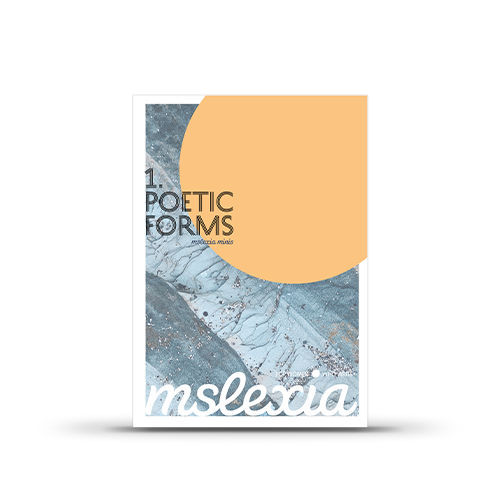.jpg)
Poet and nature writer Kathleen Jamie has been named as the new National Poet for Scotland, known as the Scottish Makar or Scottish Laureate, taking over from Jackie Kay. First Minister Nicola Sturgeon formally welcomed her to the role at the Scottish Poetry Library in Edinburgh on 18 August.
Jamie starting writing poetry in her teens and published her first pamphlet at the age of 20. She has contributed to Mslexia both as Poetry Competition judge and Showcase curator. Famous works include The Overhaul (Picador), which won the Costa Poetry Award and The Bonniest Companie (Picador), for which she won the Saltire Society 2016 Book of the Year Prize.
Mslexia Editor Debbie Taylor asked her how she goes about writing a poem.
The Jamie Method
- Ensure you have an A5 notebook and pen with you at all times.
- If possible, embark on an extended journey to somewhere extremely remote and hot, where no-one speaks English. Failing that, cultivate a state of heightened awareness in which you are able to perceive the significance of objects and events (as this state is similar to being in love, beware of confusing the two and wasting good writing time on fruitless relationships).
- In particular, open yourself to spurious connections between apparently unrelated objects, people and events. (Do not attempt to control when these insights occur. All you can do is watch for them and catch them when they do – hence the importance of the A5 notebook.)
- When such a connection or significance seems especially intriguing or puzzling, write it down in your notebook. This is the inspiration for your next poem.
- If you are fortunate, your first idea will be followed over the next week by three or four others. Write these down too. They may not seem relevant to one another, or to the first idea, but trust that your subconscious knows what it is doing.
- Now it’s time to go to your desk and start making notes about this clutch of ideas. Do not be systematic. ‘Skittery’ and ‘incoherent’ is what’s needed. Your creative mind is like a coat-pocket, full of coins, bus tickets, buttons, sweeties. You need to empty it completely to find what you’re after. Don’t worry about structure. Just ensure that everything that might belong in the poem – words, ideas, phrases, fragments, whole lines – are all written on one page.
- Now develop these notes into something bigger. The material has to swell before it can contract into a finished poem. Try out ideas, phrases, alongside one another. Note any additional associations. Scrape your pocket out for every last vestige of fluff. (There are no short cuts with this process. You have to empty out all that rubbish to find the things of value.)
- Write or type everything out clearly and look at it again with fresh eyes.
- Now start winnowing until the volume is reduced by three-quarters and you can see what the poem wants to be. (NB This is not the same thing as understanding what the poem wants to say. You may not fully understand the poem until long after you have written it. Writing a poem is a process of exploration rather than exposition. Once you have clarified the issues, the creative impulse dissolves.)
- At last you are ready to start the finicky work of crafting the poem: ordering the ideas, deciding what shape it should be. Work line by line, comma by comma, testing the sounds of vowels and consonants against one another.
- The whole process – from inkling to completion – takes an average of five weeks. So you aim to complete a collection of 50 poems every five years or so.
If any of this sparks up your little grey cells, why not try out her method to create a poem for our 2021 Poetry Competition?

